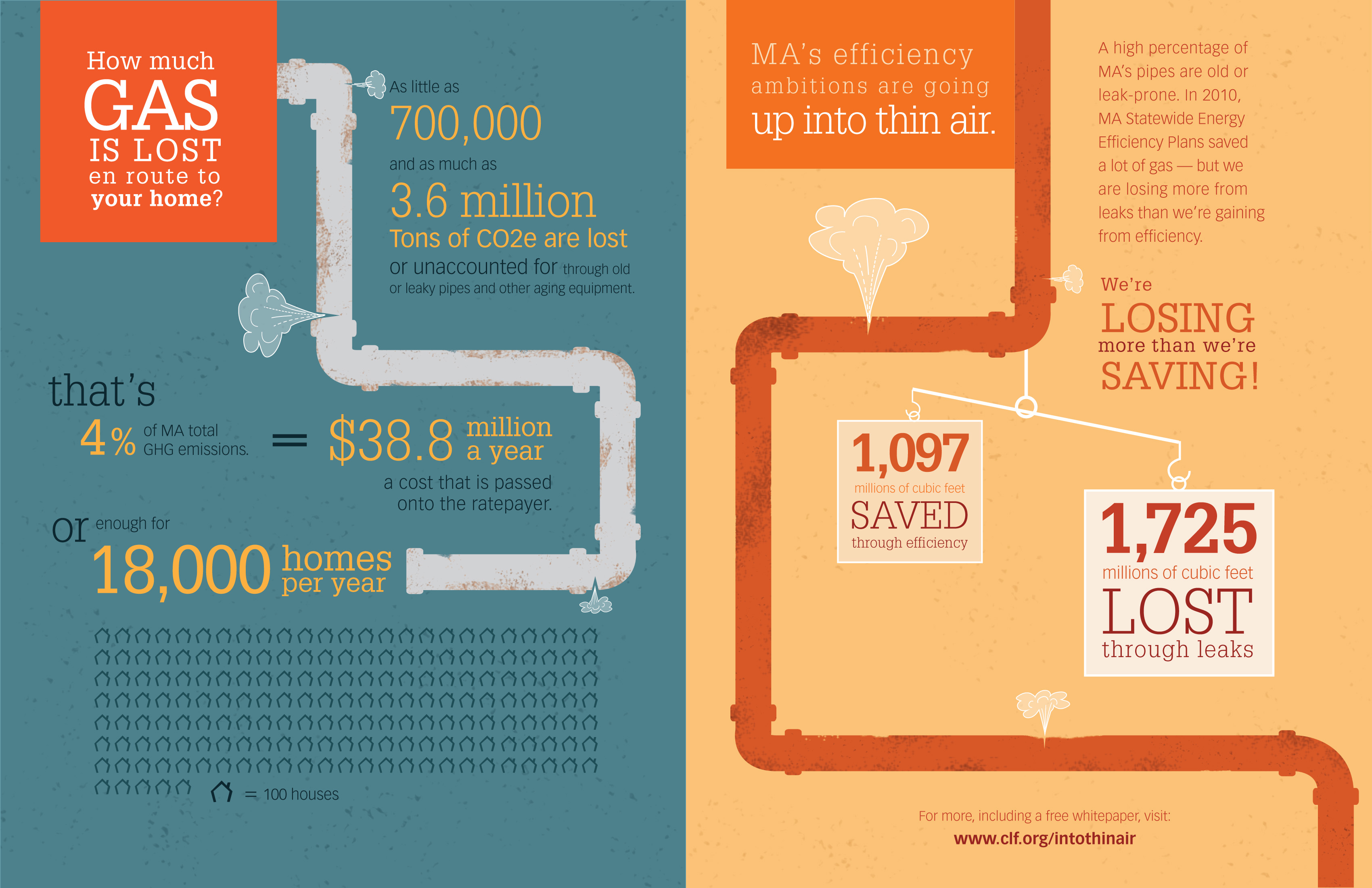The Journey To Recognize The Most Appropriate Solar Panel Kind For Your House Begins Now, With Important Elements Poised For Exploration-- Are You Prepared?
The Journey To Recognize The Most Appropriate Solar Panel Kind For Your House Begins Now, With Important Elements Poised For Exploration-- Are You Prepared?
Blog Article
Material Written By-Swanson Nygaard
When it comes to selecting the ideal solar panels for your home, the choices can be overwhelming. Each kind uses distinct advantages and trade-offs, making it crucial to establish which variables straighten best with your objectives. Whether your emphasis is on efficiency, cost-effectiveness, or appearances, there's a solar panel kind that can accommodate your demands. So, prior to you choose, take into consideration the important elements that will impact your solar energy system's efficiency and suitability for your home.
Monocrystalline Solar Panels
When thinking about photovoltaic panels, you might stumble upon monocrystalline solar panels. These panels are known for their high efficiency rates due to their building from a single constant crystal framework. This layout permits monocrystalline panels to carry out far better in low light problems contrasted to other sorts of solar panels. Additionally, their streamlined black appearance makes them a popular option for household setups, blending in effortlessly with many rooftops.
One key benefit of monocrystalline solar panels is their space performance. They need less room to create the exact same amount of electrical power as various other photovoltaic panel types, making them ideal for homes with restricted roof space.
While monocrystalline panels tend to be more pricey upfront, their lasting resilience and performance typically make them a cost-effective financial investment in the realm of solar energy. If you focus on effectiveness and looks in your photovoltaic panel selection, monocrystalline panels could be the best choice for your home.
Polycrystalline Solar Panels
Polycrystalline solar panels, additionally known as multicrystalline photovoltaic panels, use an alternative option to monocrystalline panels. These panels are made from silicon crystals that are thawed together, producing a less consistent look compared to monocrystalline panels.
https://2000-watt-solar-panel00987.blogtov.com/9780409/standards-for-home-owners-to-enhance-their-cost-savings-on-solar-energy of the essential benefits of polycrystalline panels is their reduced production price, making them an extra budget-friendly choice for homeowners wanting to buy solar energy.
While polycrystalline panels may have a somewhat reduced effectiveness rate compared to monocrystalline panels, they still offer a trusted and affordable way to create solar energy for your home. These panels carry out well in high temperatures and are a sturdy option for a range of environments.
If you have a bigger roofing system room and are wanting to optimize your energy production without breaking the bank, polycrystalline panels could be the appropriate choice for you.
When thinking about photovoltaic panel alternatives for your home, it's important to weigh the cost-effectiveness and effectiveness of polycrystalline panels against your power demands and budget plan restrictions.
Thin-Film Solar Panels
Going on to Thin-Film Solar Panels, these panels supply an unique option to typical silicon-based alternatives like polycrystalline panels. Thin- https://www.iea.org/news/the-world-needs-more-diverse-solar-panel-supply-chains-to-ensure-a-secure-transition-to-net-zero-emissions are light-weight and flexible, making them much easier to install on various surface areas like bent rooftops or wall surfaces. They're likewise much more cosmetically pleasing, blending in flawlessly with the architecture of your home.
Nonetheless, it's important to note that thin-film panels commonly have reduced efficiency prices contrasted to crystalline silicon panels. This means you might need more area to generate the very same quantity of electricity.
On the bright side, thin-film panels do better in low-light conditions and have a lower temperature coefficient, suggesting they can generate even more power on hot days. If you have adequate room and are searching for a functional and aesthetically appealing photovoltaic panel alternative, thin-film panels could be a great selection for your home.
Final thought
Finally, when picking the best photovoltaic panel kind for your home, consider your energy requires, budget plan, and area restrictions. Monocrystalline panels supply high effectiveness in limited room, while polycrystalline panels supply a cost-efficient option with trustworthy efficiency. Thin-film panels supply versatility and visual allure yet may have lower efficiency prices. By considering these variables, you can choose the photovoltaic panel kind that finest fits your specific demands.
